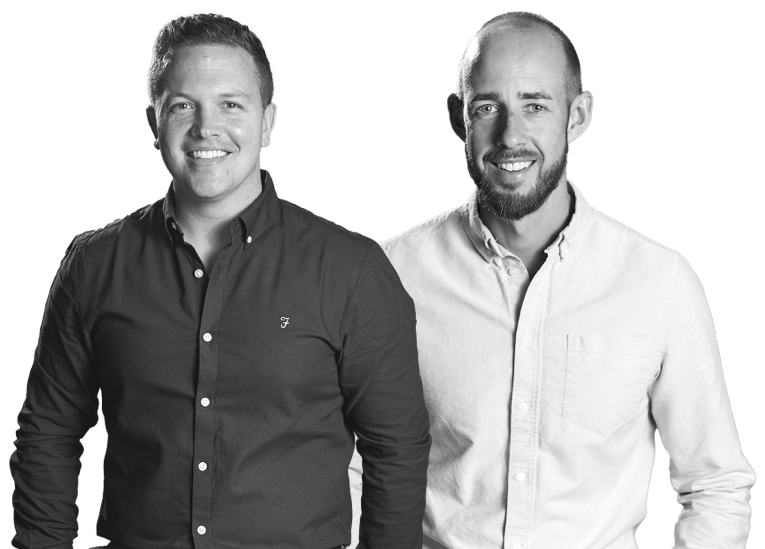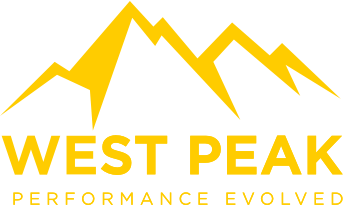The Leadership Blindspot: Why What You Ignore Could Be What’s Holding You Back
Every leader has one. That one thing they don’t see clearly. A habit, assumption, behaviour, or belief that goes unnoticed, but deeply impacts how others perceive them, how their team functions, and how far they can truly go.
We call it the blindspot. And the most dangerous part of a blindspot? You don’t know it’s there.
Leadership isn’t just about what you say or do, it’s about what you’re willing to see.
Why You’re Not Seeing It
Let’s be clear: blindspots aren’t flaws. They’re simply unseen patterns.
We all operate based on filters: past experiences, beliefs, biases, and internal narratives. These shape how we interpret the world, and what we ignore.
But here’s the catch: the more senior your position, the less likely people are to point out your blindspots.
- Feedback becomes filtered.
- Honesty becomes rare.
- And if you’re not actively seeking out the truth, you won’t see it.
That’s how blindspots grow. Unchecked, they become culture killers, trust eroders, and performance blockers.
The Hidden Cost of Ignorance
Ignore your blindspots, and they start costing you more than your awareness.
- Team disengagement: You think you’re being clear and empowering, but your team sees indecision and mixed signals.
- Slower growth: You’re focusing on what feels urgent but missing what’s important.
- Lost trust: You think you’re approachable, but your team fears speaking up.
- Stalled innovation: You believe you’re open-minded, but dismiss ideas that don’t align with your lens.
The scariest part? Everyone else often sees it before you do.

5 Common Blindspots in High-Achieving Leaders
At West Peak, we work with founders, execs, and growth-stage teams across industries. And while every leader is different, here are five blindspots we see time and again:
- The Fixer Instinct
You pride yourself on solving problems, but you jump in too fast.
Your team stops thinking for themselves because they know you’ll always have the answer. What you see as helpful, they experience as micromanagement.
Shift: Ask more, solve less. Build thinkers, not followers.
- The Unseen Emotion
You think you’re calm and collected. Your team experiences cold and closed off.
Or worse, your stress leaks into the room without you realising it.
Shift: Emotional intelligence isn’t about controlling emotion. It’s about understanding its impact.
- The Optimism Bias
You believe in the vision so much that you downplay risks or red flags.
Your team feels unheard, or worse, pressured to stay silent about concerns.
Shift: Confidence doesn’t mean ignoring discomfort. It means creating space for challenge.
- The Reluctant Delegator
You want things done your way, so you hold on longer than you should.
You become a bottleneck, and your team never levels up.
Shift: Trust isn’t built through control. It’s built through empowered responsibility.
- The Feedback Filter
You welcome feedback, but only from people who think like you.
You miss the honest voices because they don’t package it in a way that’s easy to digest.
Shift: Feedback isn’t meant to feel comfortable. It’s meant to expand your perspective.

How to Identify Your Blindspots Before They Cost You
You don’t fix a blindspot by working harder. You fix it by getting curious.
Here’s how:
- Seek Out Discomfort
The best leaders don’t wait for feedback. They ask for it. And not just from peers or people who like them. They ask the sceptical team member. The honest operations lead. The quiet voice in the room.
Try this:
Ask three people this question:
“What’s one thing you think I don’t see about myself, but should?”
Listen. Don’t defend. Just take it in.
- Watch the Reactions
Your blindspot often shows up in how others react. Does the team get quiet after you speak? That’s not just respect. That could be fear.
Do people hesitate to raise concerns? You might be unknowingly shutting them down.
Tip: Study the room. How do people feel after engaging with you?
- Reflect on the Repeats
Patterns reveal everything.
Keep running into the same tension points with your team, your board, or your calendar?
It’s not a coincidence. It’s a cue.
Ask yourself:
What situations frustrate me most?
What feedback themes keep popping up?
What part of my leadership am I avoiding looking at?
- Get an Outside Perspective
This is where coaching, peer networks, or facilitated sessions become gold.
Because sometimes, you’re too close to see it. A trained ear or outside eye can reveal what’s been right in front of you all along.

Self-Awareness Is a Leadership Advantage
Here’s the truth: self-awareness is one of the greatest competitive advantages a leader can have.
Not perfection.
Not charisma.
Not even IQ.
But the ability to see yourself clearly, and adjust accordingly. It’s the foundation of trust, empathy, agility, and influence.
And in a world where leadership is getting more complex by the day, being aware of your impact isn’t just a nice-to-have, it’s essential.
Don’t Fear Your Blindspot, Fix It!
Every leader has one. The difference between good and great is what you choose to do about it.
You can:
- Dismiss it as irrelevant.
- Defend your intent.
- Delay the hard conversations.
Or, you can get radically curious.
Ask the uncomfortable questions.
Listen without ego.
And build the kind of leadership that earns loyalty, accelerates growth, and elevates everyone around you.
Final Thought:
Your blindspot isn’t your failure. It’s your next frontier. And the moment you choose to see it, is the moment everything starts to shift.
Take our Leadership capability scorecard to reveal your blindspots and improve your leadership.
Subscribe to our Podcast
Hosted by our very own Ben Stocken and Benjamin Wade our ‘How They Lead’ podcast aims to evolve the way people perform in leadership roles by showcasing a variety of high performance interviews with people from Patrick Kershaw from The RAF Red Arrows to CEO’s like Steve Phillips who help large brands like Pepsi, Mars and Unilever.
Get one step ahead – Click below to subscribe.










